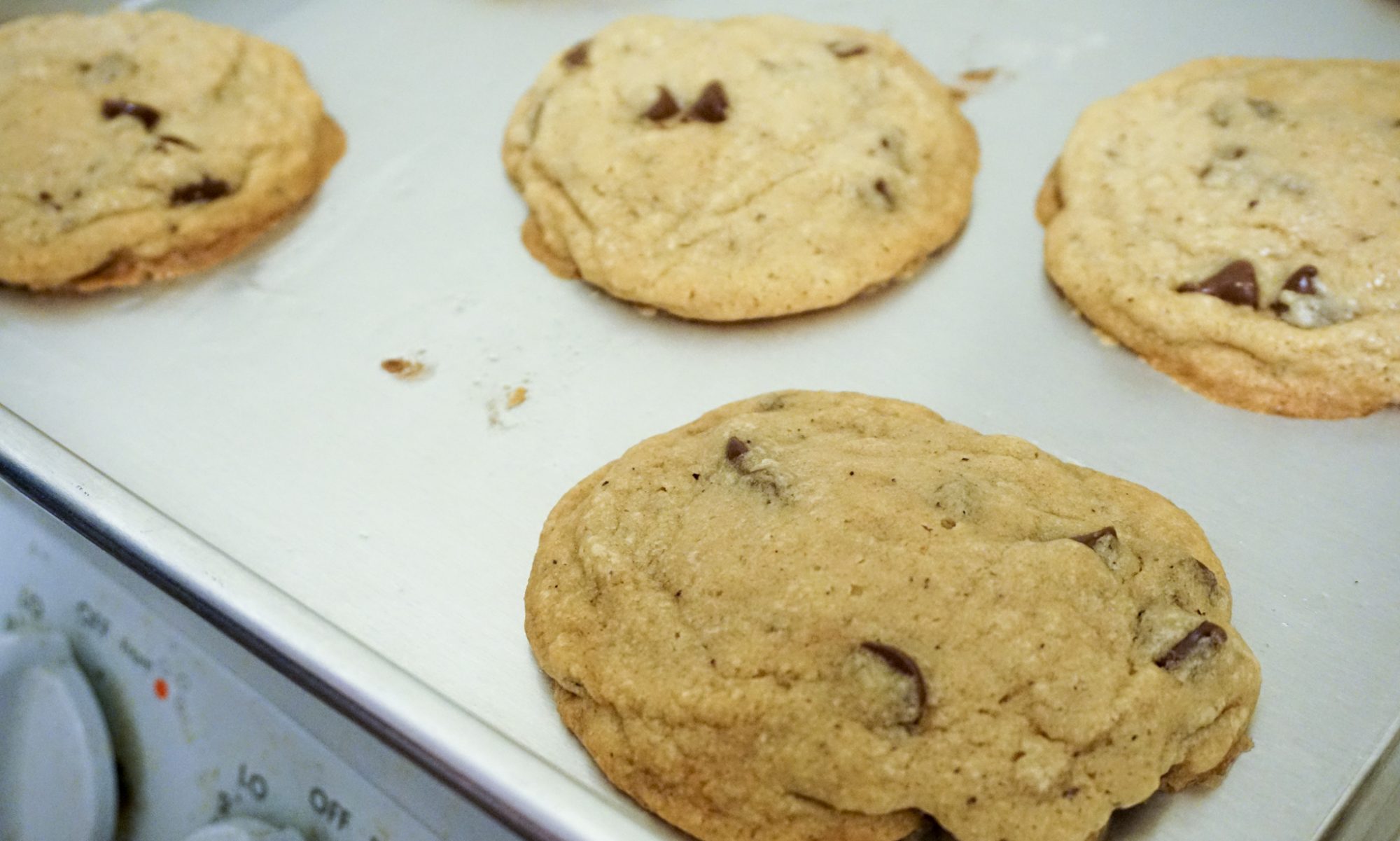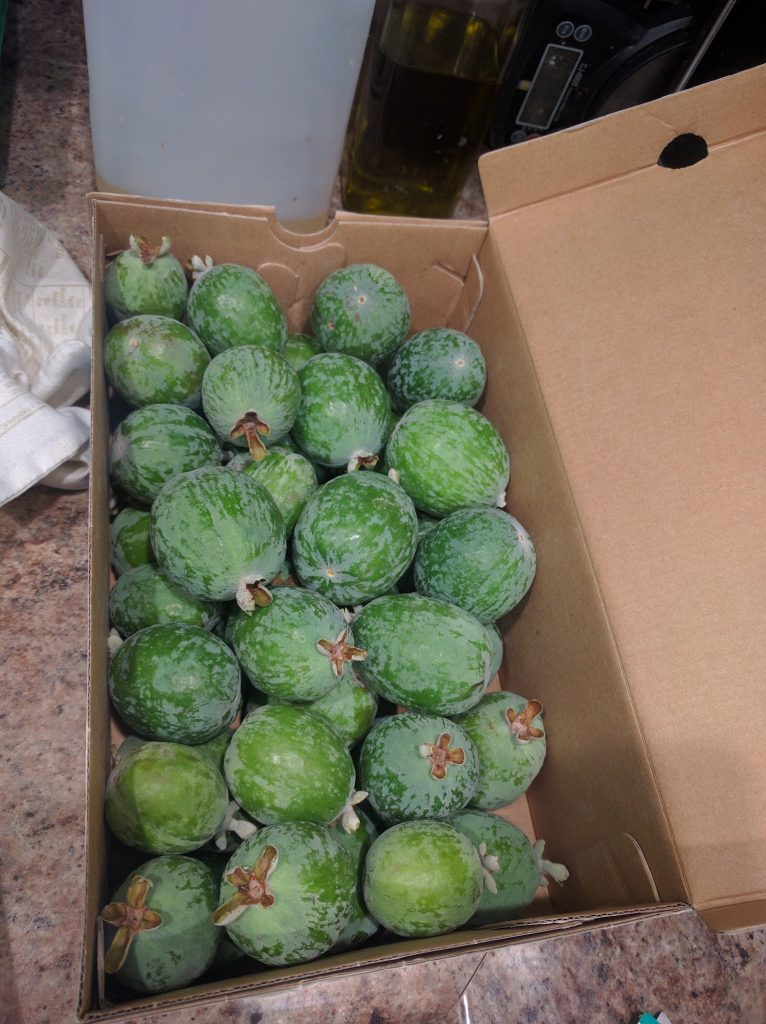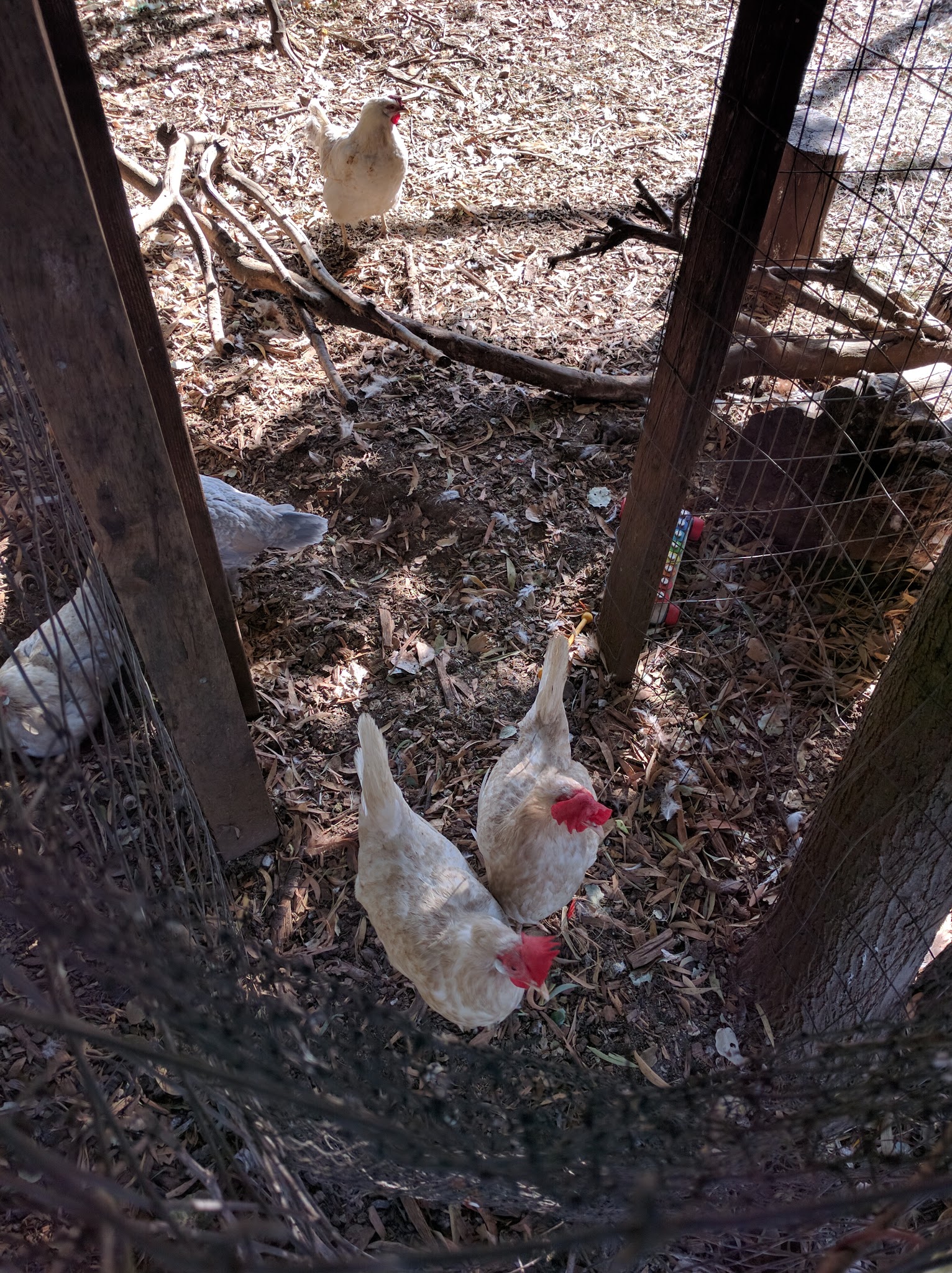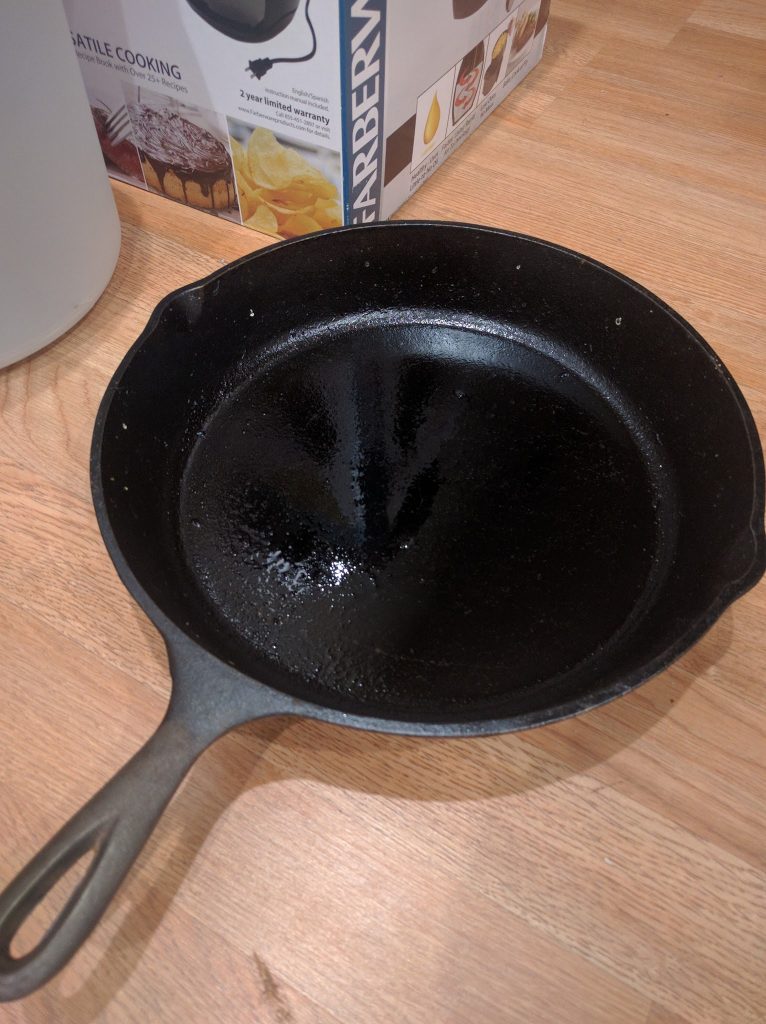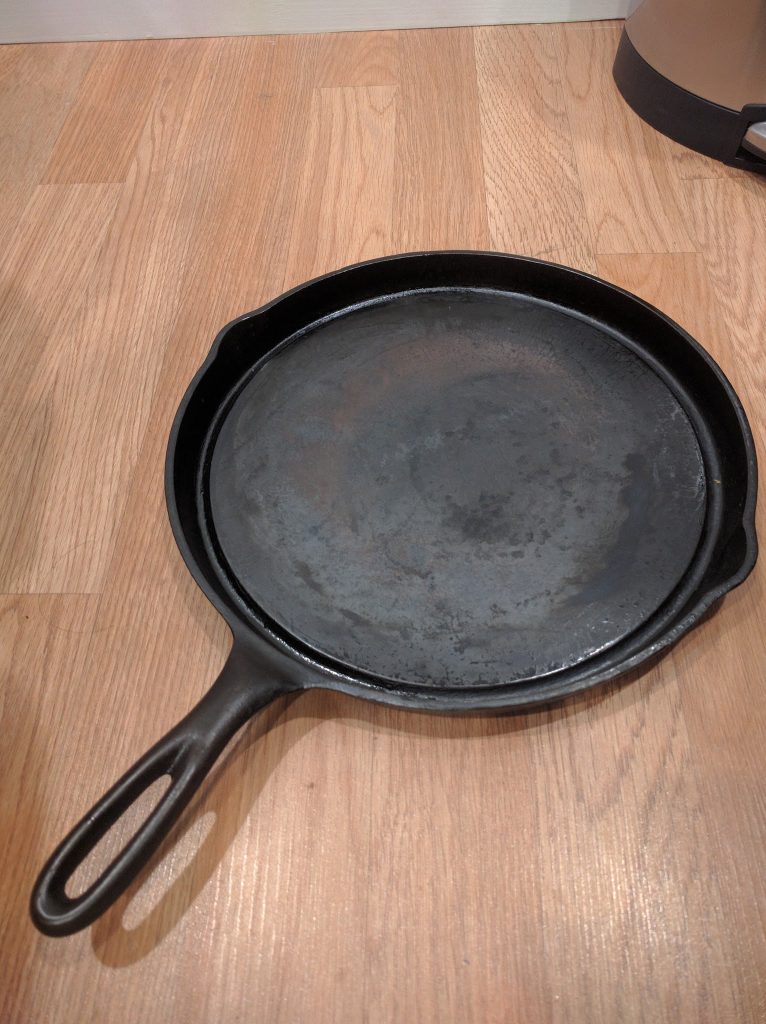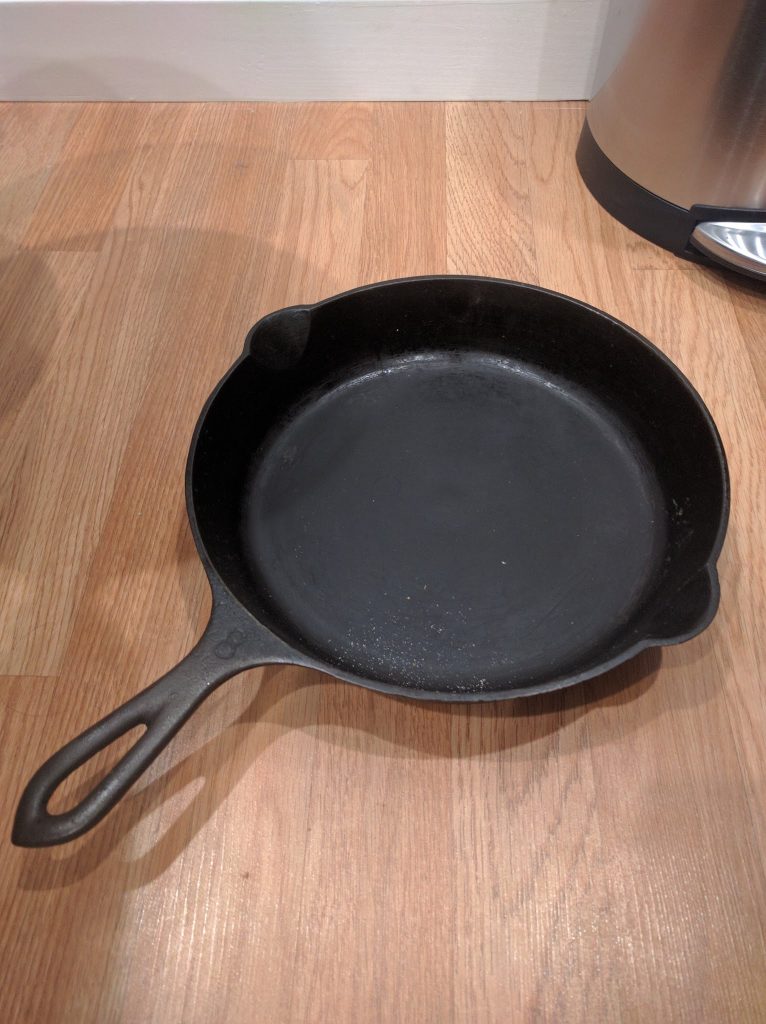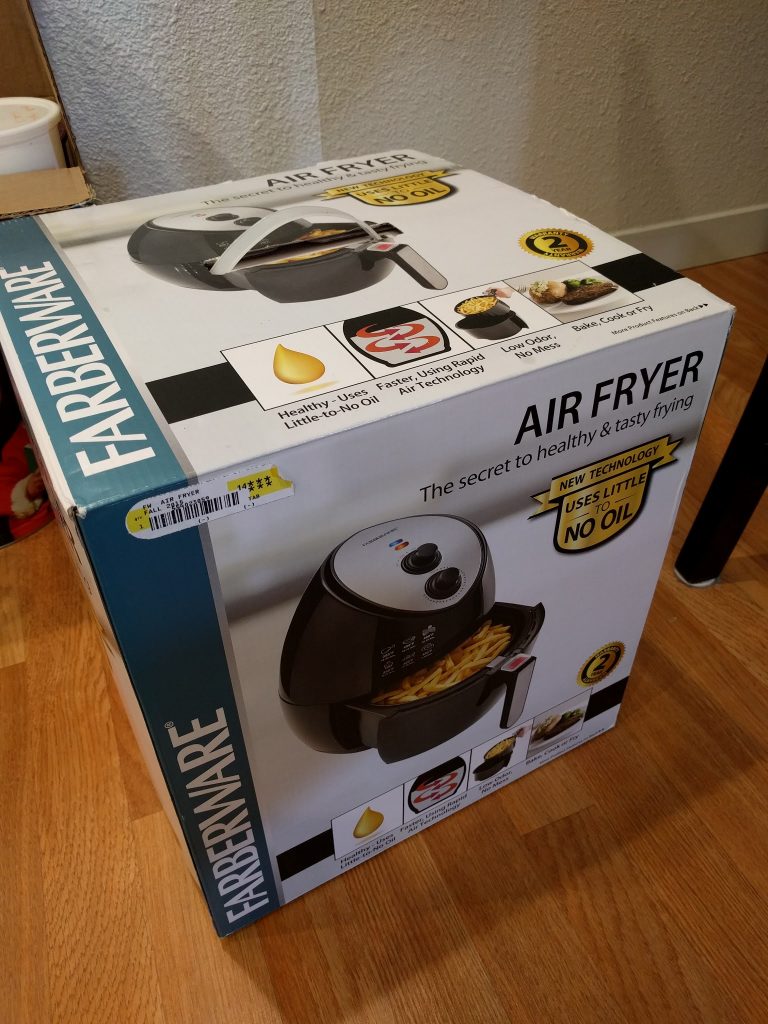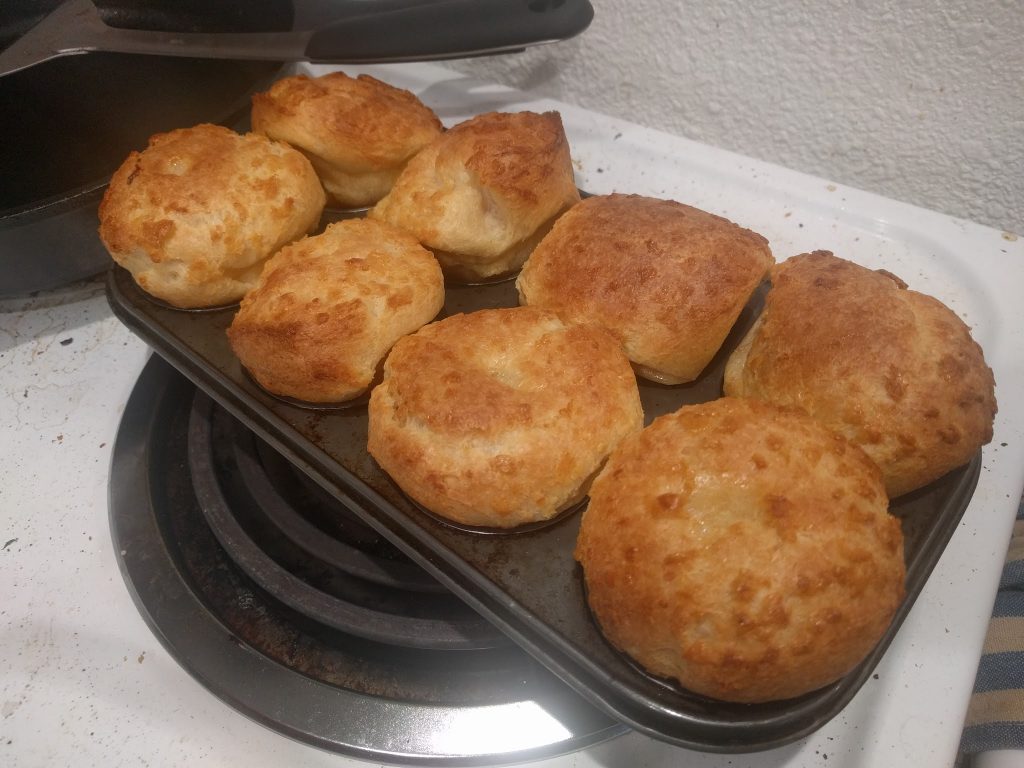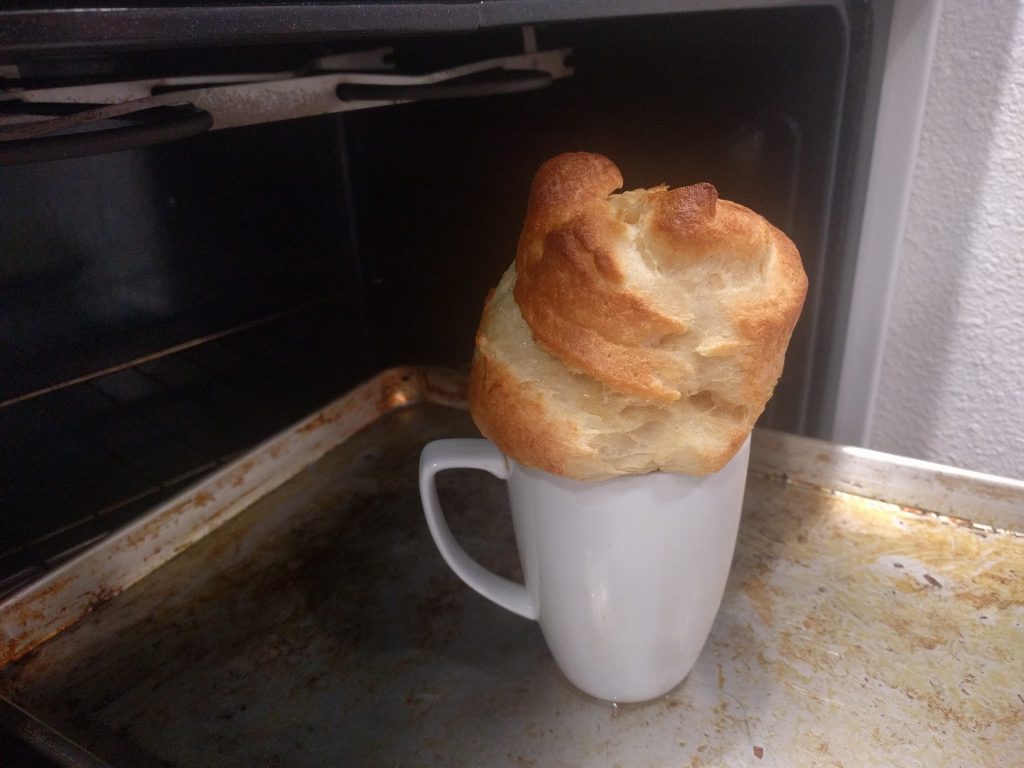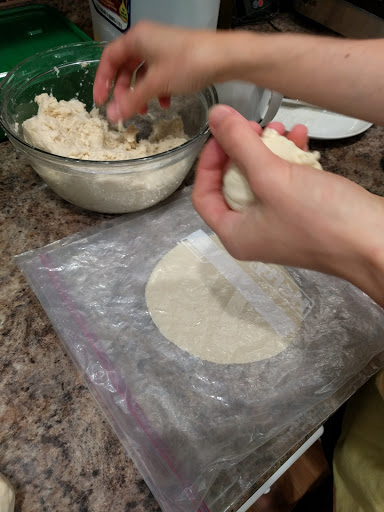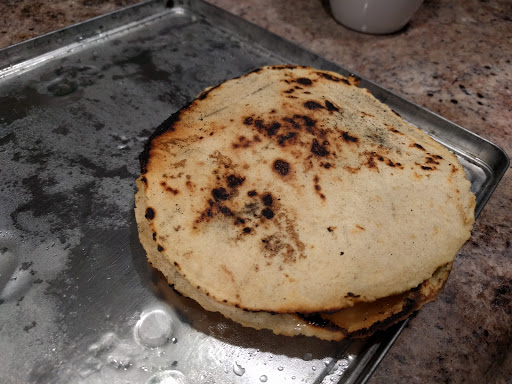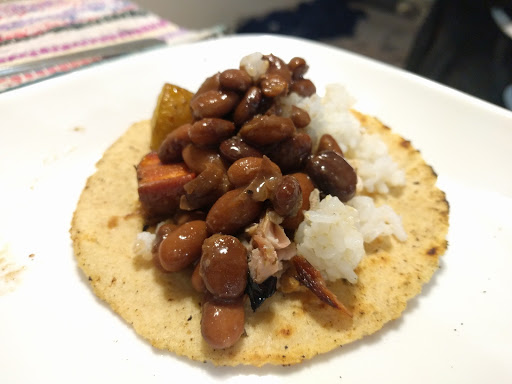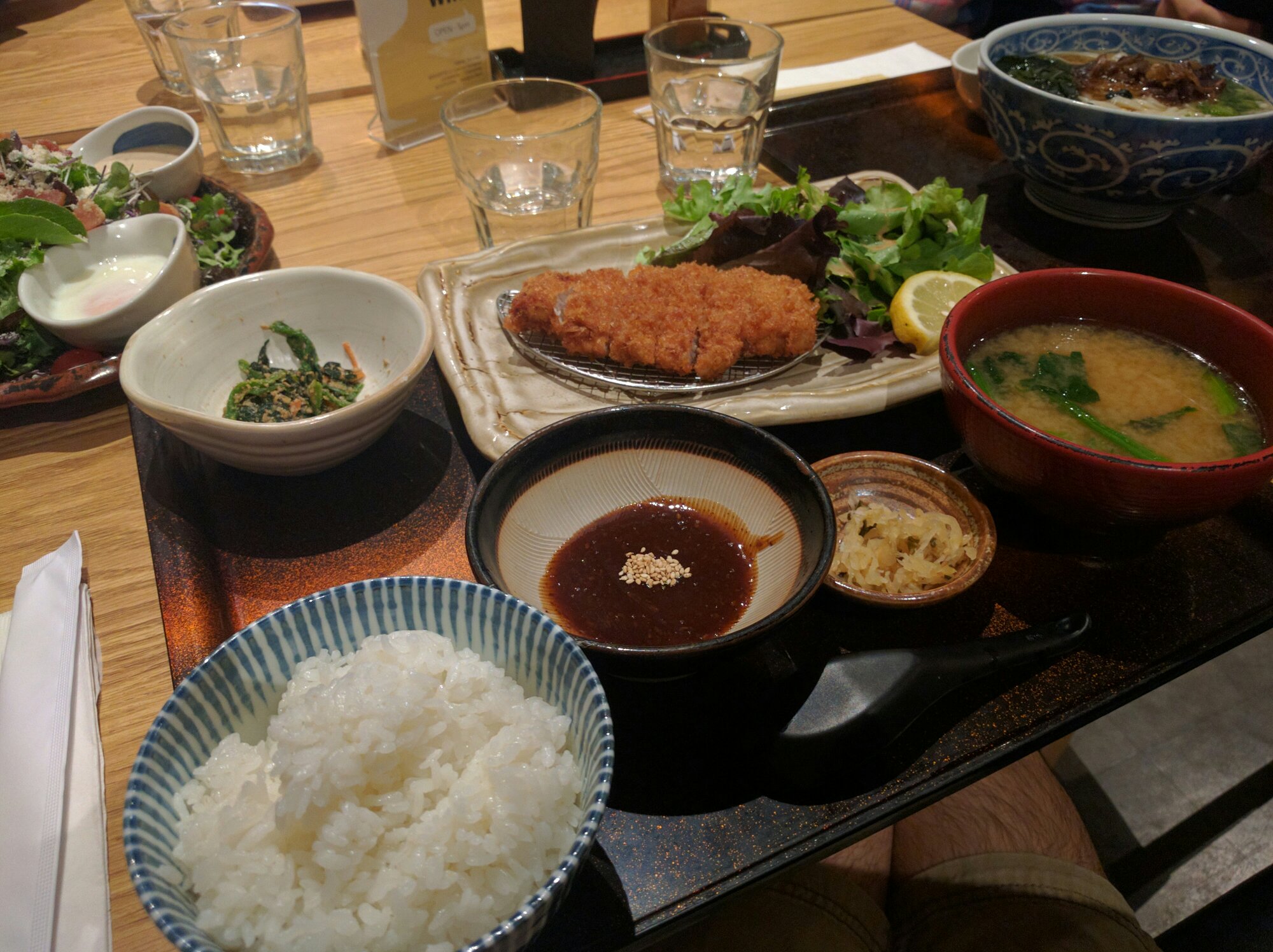Our sake has been fermenting for almost three weeks now. It’s looking pretty good! The remaining experiments smell strongly of alcohol.
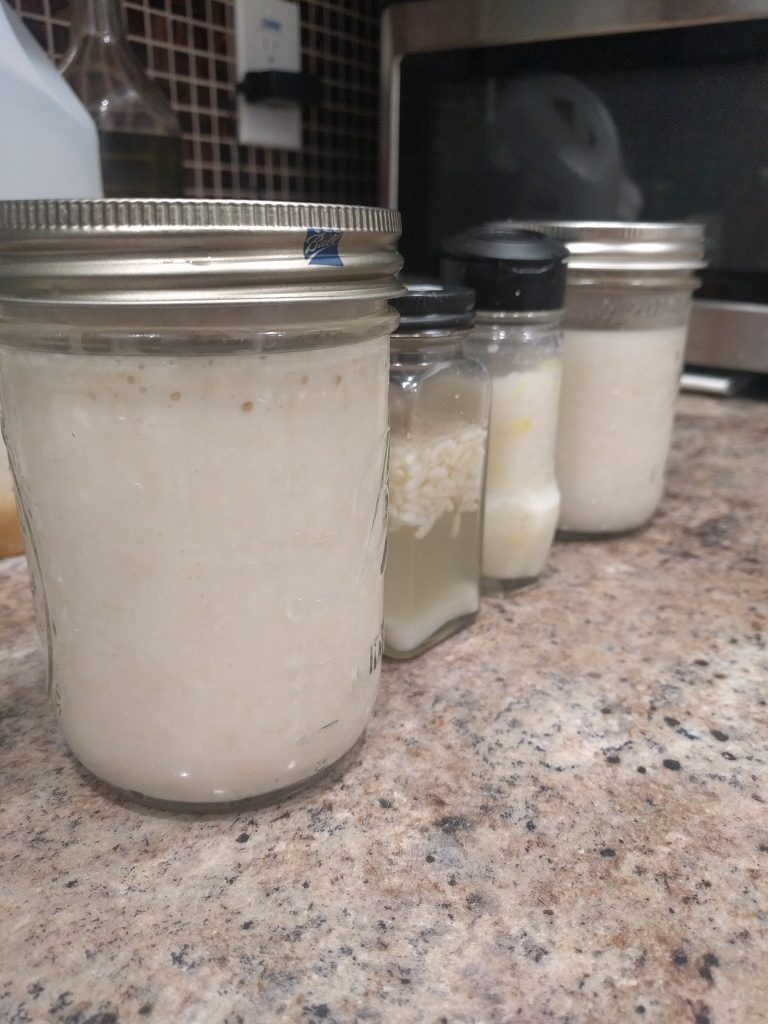
As I discussed in the planning post, you can use different sources of amylase to digest the rice. Koji works really well, chewing/saliva is fine, barley malt is less than desirable, and ginger doesn’t work (at all, as far as I could tell). The brown rice syrup, which started fermenting unaided in the cupboard, was added to provide a wild strain of yeast.
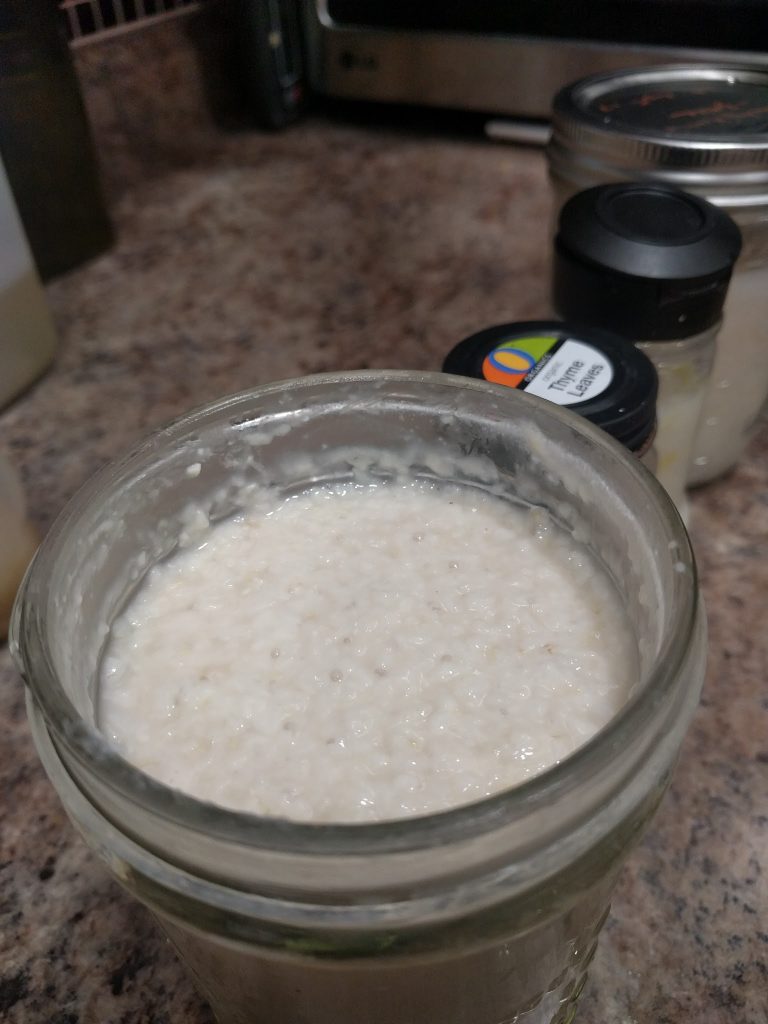
After taking these pictures, I threw away the ginger one. It wasn’t rotting, but it didn’t seem to be doing the right thing either. A few days later, I also threw out the barley malt one. It had a weird skin on the surface, maybe kahm yeast?
So I’m left with the koji experiment and the chewed experiment. Fortunately, they both smell strongly of alcohol. I hope they’ll be done soon (how do I tell when that is?). I may add another batch of rice to each. Doing this can push the alcohol content higher than it would otherwise be, since having more food available can trick the yeast into fermenting more.
Friend V from college is interested in sampling the experiments, including the chewed one! Yay! I thought I would be the only one trying it- it’s my saliva, after all.
